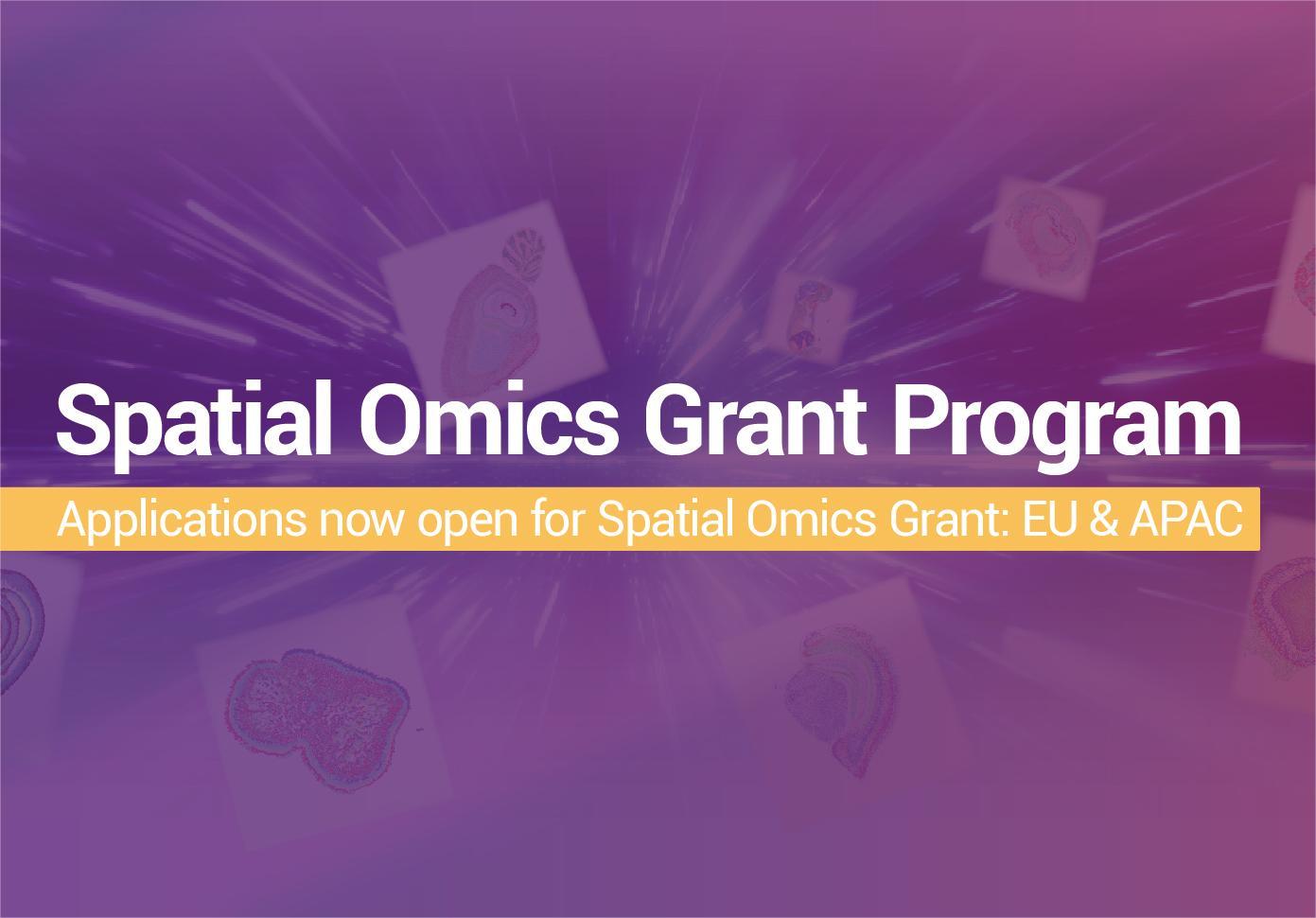Paul Lundquist joined MGI as vice president of Engineering in 2018. He holds a Ph.D. in Physics from Northwestern University. Dr. Lundquist started out doing basic research at the IBM-Almaden Research Center and moved from there to early-stage startups. He was the first engineer at Pacific Biosciences. Moving from a novel idea to commercial success takes deep expertise in very disparate fields, integrating the expertise of outsiders, and a willingness to continually adapt, he said. MGI is an exciting place to be, and most Silicon Valley startups would envy its progress over the last two years. For him the most rewarding work lies in seeing new technology used to solve difficult medical issues and raise the standards of healthcare for people who need it most.
1. What first inspired your interest in sequencing technology?
I first started to appreciate the incredible mechanisms of biology reading Schrdinger's "What is Life?," a physicist's perspective on biological inheritance. During my graduate studies, the biology and physics departments were housed in the same building, and I had opportunities to talk with specialists about DNA and to collaborate on several very crude attempts at sequencing, as well as studies of the structural properties of DNA. My thesis work was based on integrated optics, biosensing, and single molecule fluorescence detection. I did not have enough imagination to consider the possibility that fluorescence-based DNA sequencing could become a practical commercial technology -- these different pieces seemed too complex and fragile.I was certainly wrong about that, as the Human Genome Project and subsequent approaches for high quality sequencing data have been based largely on optical detection.When I had an opportunity to get involved in what was later termed Next Generation Sequencing in 2004, it was a lot of fun to try again to put some of these pieces together.
2.You spent more than 10 years at Pacific Biosciences, from the beginning through its IPO and the release of various commercial sequencers. Do you have a perspective on what companies need to drive technology innovation?
If you want to drive it all the way to a commercial product, it is always difficult to find a workable balance between powerful new technology and the myriad details needed for practical applications. Another challenge, or perhaps another way to express the same difficulty, is navigating the substantial changes in mentality and approach that need to happen in between an influential academic publication and the launch of a useful product. At the beginning of that road, it is helpful to be at least a little bit crazy, but by the end harsh realities will rule. At Pacific Biosciences (as well as at many ambitious companies) the implementation of a novel idea required deep expertise in very disparate fields. That particular idea, to detect and classify individual nucleotides by fluorescence during real-time DNA replication, seemed quite difficult to scale up in 2004. A number of critical technologies were emerging that did make it possible to transition from the initial hero experiments to something that could be automated and parallelized; new sensor technology, nanofabrication innovations, solid state lasers with sufficient energy, and computing power. It also could not have come together without fresh approaches from software experts new to the sequencing space. Biochemistry is always the driver, but it was important to appropriate technologies from quite different fields, to be willing to go and find experts from outside the starting perspective, and to trust them. I've been in at the beginning of startups that managed IPOs and impactful products, and others that did not. In my experience, the difference has been the ability of a company to find and integrate people with complementary backgrounds, and to continuously adapt the mentality as you navigate from the first successful experiment all the way to the first time you actually help customers solve their problems.
3. What do you think of sequencing technology's future development and the progress in optical technology in particular?
Many people would say that both the rapid reduction in the cost of sequencing and dramatic improvements in data quality are central to the pace of progress. This balance is certainly not unique. In my first job at IBM Research, where I worked in the lab where the magnetic disk drive was invented in 1956, the technology pace had not slowed by 1997; higher storage density, faster IO rates,andlower cost every year. Despite the incessant progress, the lab was focused on alternatives to magnetic recording because this technology was thought to have already reached the limits of physics, innovation had played out, and it would not be possible to maintain a similar cost curve, familiar arguments. Somehow, innovation did continue and today magnetic storage is still the cheapest technology for some applications. The cost per kbyte/Mbyte/Gbyte/Tbyte/Pbyte continues to fall. At the same time, new technologies have also taken over parts of the storage market. I’ve personally worked on a number of interesting non-optical sequencing approaches at different times, and in some aspects it is probable that legacy optical concepts are already yielding diminishing returns. However, it seems to me that for DNA sequencing, the path to more perfect genomes and lower cost per patient will still include optical innovation.
4. What advances do you think our instruments can bring to biological research and to our own lives?
I’m certain that higher quality data would both accelerate research and expand clinical applications. Amplification errors have been a stubborn problem for many sequencing technologies, but PCR-free and scarless NGS is having an important impact at MGI. The impact of lower cost could be even greater. How frequently can genomic health indicators be monitored? When will single-cell sequencing be affordable? What would the impact be when prenatal WGS information is widely available?What will be learned from truly large-scale population WGS studies?We are hopeful that recent advances at MGI, starting with new biochemistry advances, but including lower cost/higher throughput sequencing platforms, faster turn-around times, and getting closer to perfect genomes, will make a difference in the work of scientists and the health of people everywhere.
5.What is your mostmemorable experience in this space, and at MGI so far?
Personally, I have been very lucky to stumble into a group of really smart and focused people a few times, and to see new technologies make some impact. The truly meaningful experiences were having the good fortune to play a small part in moving the needle even slightly toward better healthcare for everyone. For my time at Pacific Biosciences, I would be happy to forget about any financial success as long as I could preserve the memory of watching colleagues solve deadly DNA puzzles and save lives during the cholera epidemic in Haiti and an E. coli outbreak in Europe. By random coincidence, I met an engineer in Germany who had a family member impacted by the latter crisis, and I still think about the limitations of our technology during that event. What could have advanced just a little further?Could the time to result have been a little shorter? Could there be a way to get the same information from a smaller sample?
MGI is just getting started. The commercial trajectory over the last two years would be the envy of many Silicon Valley companies. Decision-making can be as fast as a five-person startup, which is really remarkable for an organization of this size. Every company in this space includes some words in their mission statement about improving healthcare, but at MGI, that is the purpose for everything we do.Period. I don’t know of another company where the mission is this straightforward, from the very top of the organization down to the bottom, and it is applied to decision-making with consistency. People here are desperate to come up with a tool that can save one more life. It is an exciting place to be.



 Sequencer Products: SEQ ALL
Sequencer Products: SEQ ALL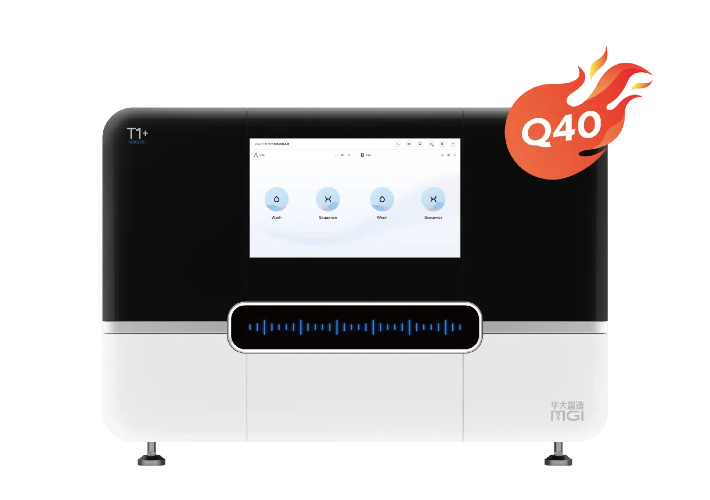

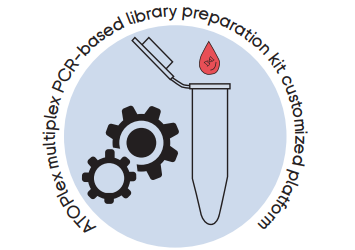
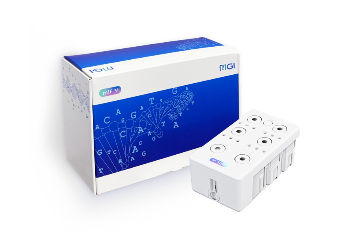
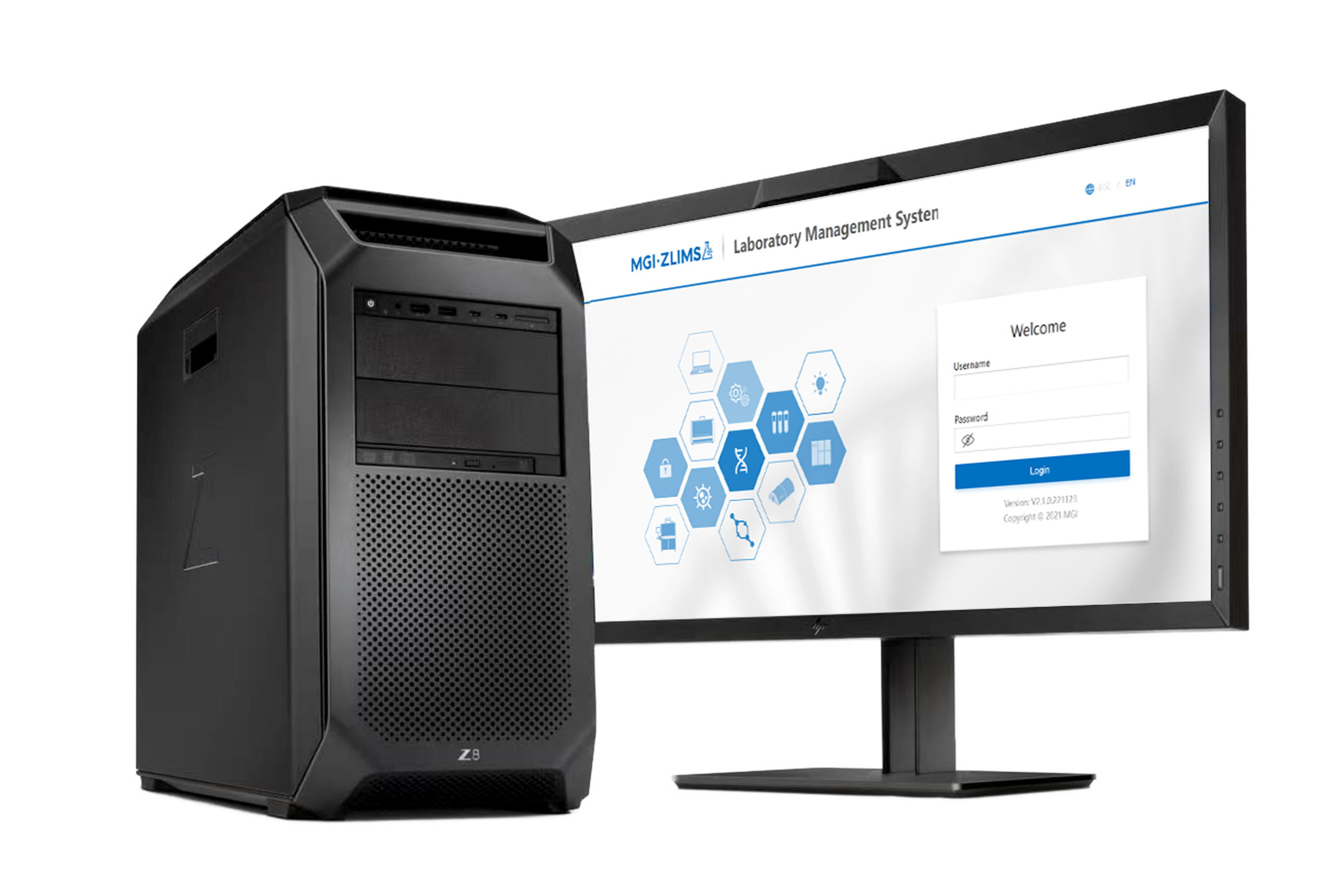
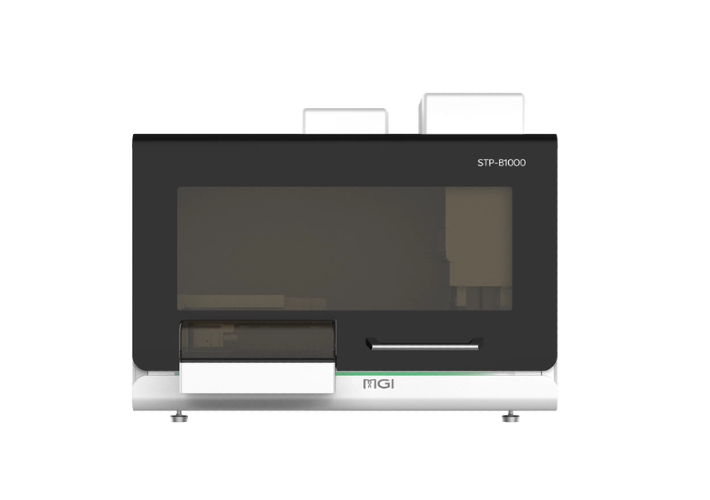

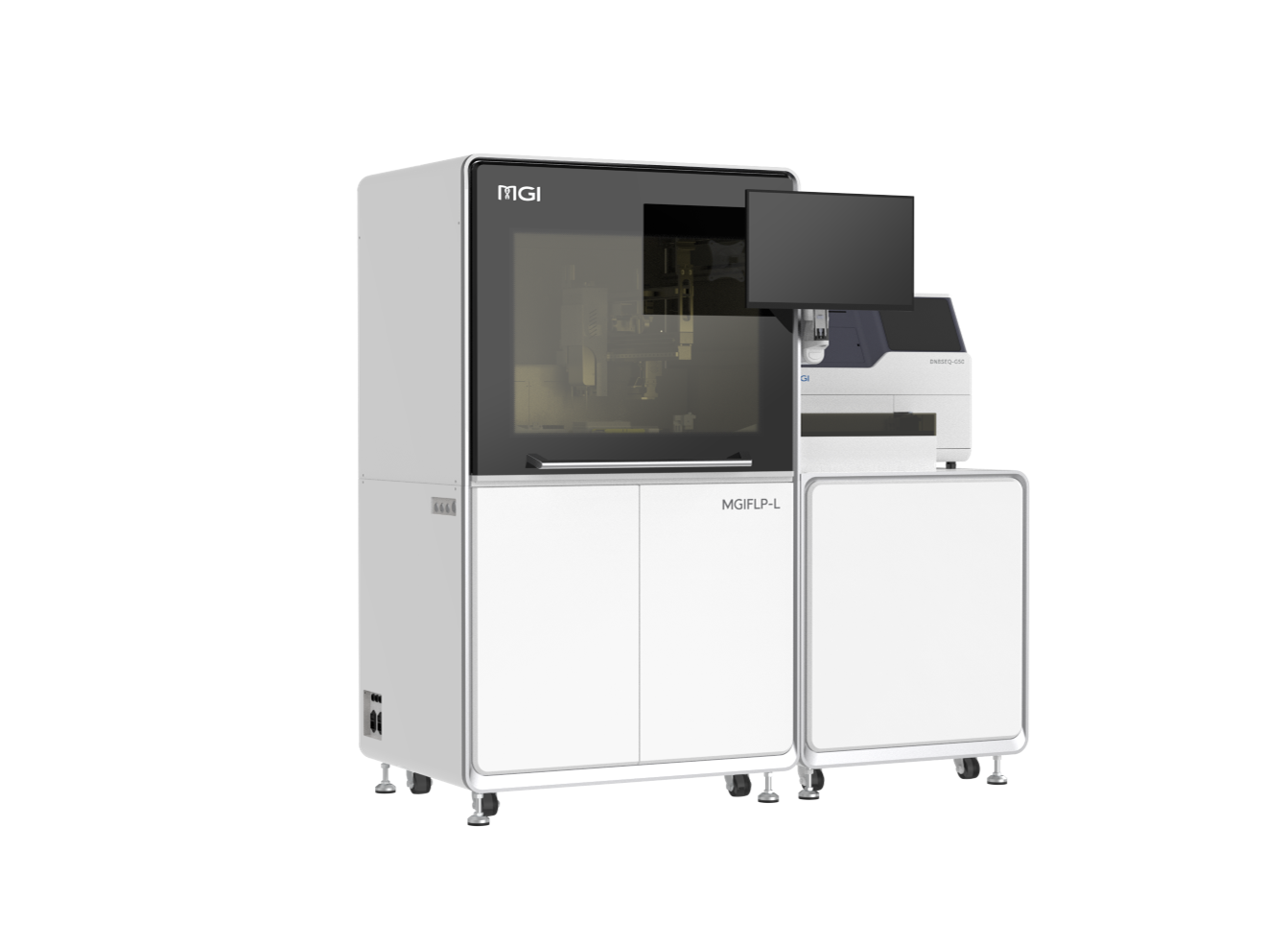
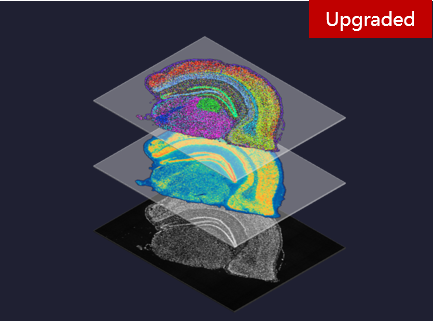

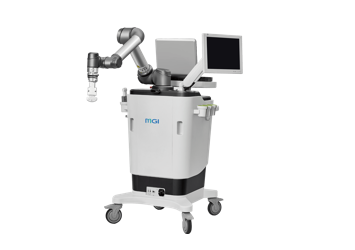
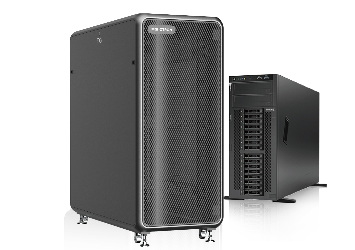
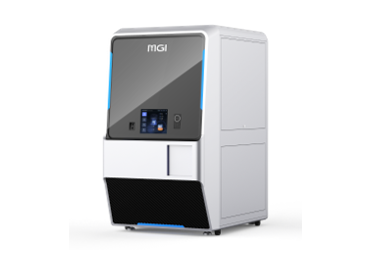

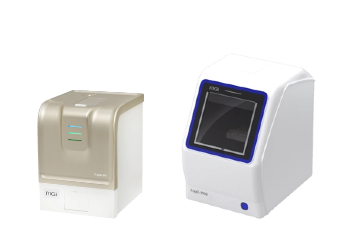

 Technologies
Technologies Applications
Applications Online Resources
Online Resources Data Bulletins
Data Bulletins Service & Support
Service & Support Global Programs
Global Programs Introduction
Introduction Newsroom
Newsroom Doing Business With Us
Doing Business With Us Creative Club
Creative Club









